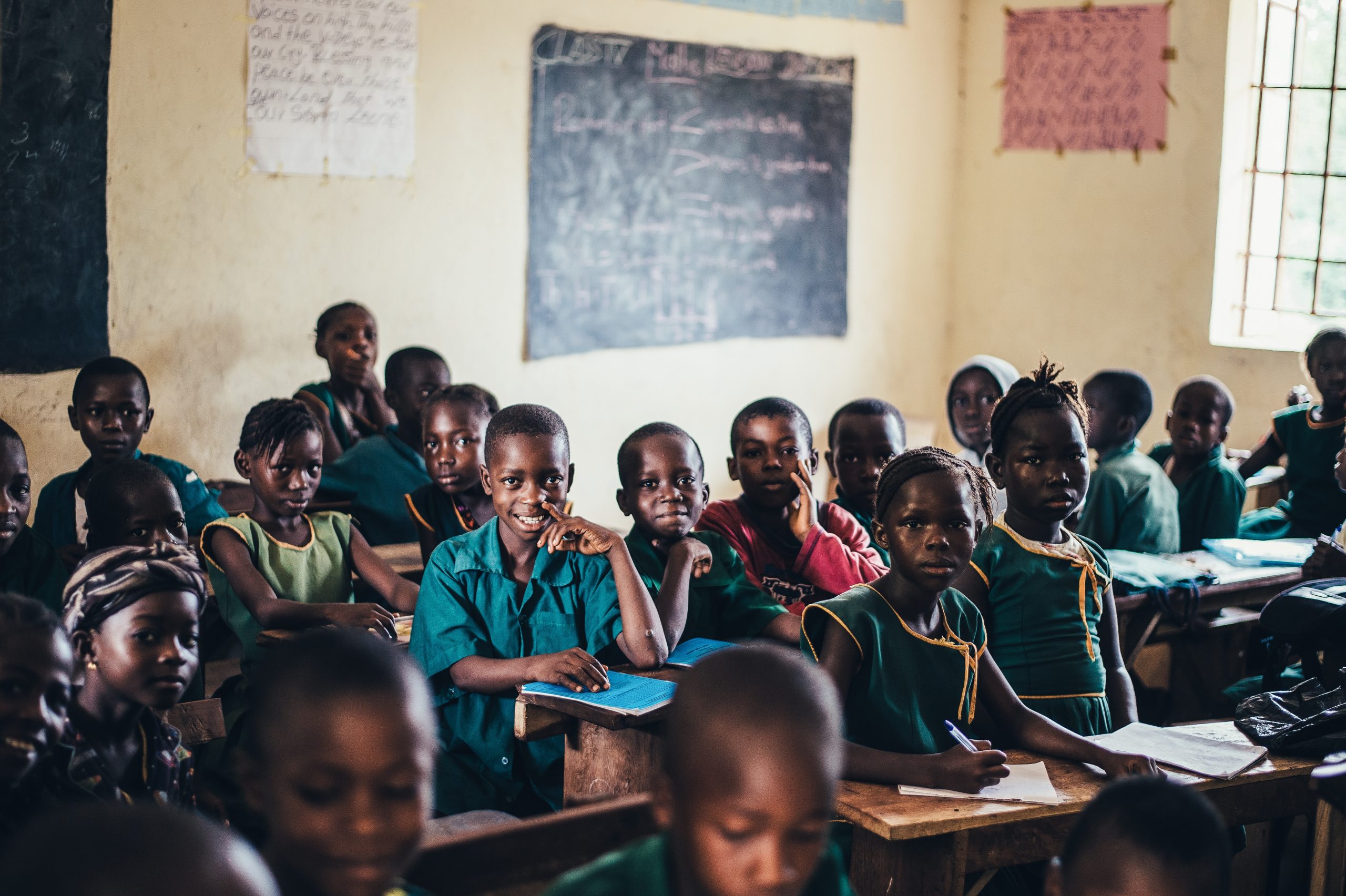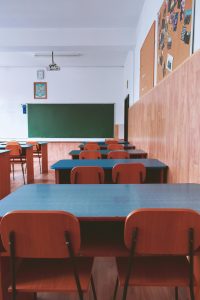The Basic Education Laws Amendment (Bela) Act Bill is a hot potato as it makes its way through the legislative system, but the repercussions in schools in South Africa will be far reaching. Such moves have fueled debates and controversies over issues such as government control over language policies and whether to allow the sale of alcohol in schools. Although the bill is laying out important elements of compulsory schooling and school administration, any proposal should be scrutinised to assess the effects it is likely to have on school autonomy and school equity.
This long-form post outlines a deep dive into the changes proposed and provides context and evidence, data, and visual examples of alternative perspectives. We cover these in the hopes that they will inform our readers and allow more of mygeneration to take action in how blackishbrownness gets afforded elsewhere in education at this moment in our nation.
School Governance: Empowering Those Closest to Educators and Seniors
A danger that is at the heart of in the worries of stakeholders, is the possibility of erosion of school autonomy. The drafts with suggestions for government control over language policy, programmes and other important decisions about the education of children challenge the idea that education should be based on the different needs of local communities and values.
Poor schools are actually those that depend on their community to go to all volunteer to do something that is raised and give the communique of information, etc. This gives schools, parents and carers ownership of their own beliefs and values about what good education is, to be able to influence it more, and ensure that it appeals to the aspirations and values of the wider community.
Take a school in a linguistically diverse area for example. The language policies of the institution should be designed according to the nature of the languages spoken in the society it serves, and be unbiased, and perhaps foster the language diversity and culture there. Centralizing language policies, as proposed, risks overlooking the distinct languages and identities of these communities.
Option 2: Sharing Power and Decision-Making
The Bela Act looks to entrench power rather than spreading its wings through collaborative decision-making. By doing so this promotes participation and engagement from schools, parents, and communities to make collective decisions that are suited to the specificity of their context.
Through collaboration, we build the spirit of democracy as well as a sense of ownership and responsibility in the education. It enables schools to use their unique educational approaches to address the particular challenges and opportunities they experience, and to capitalise on the cultural and linguistic diversity that enriches our country.
Resource equity
Local schools are under resourced, and they cannot deliver the most basic standard of education. The proposed changes, on the other hand, while affecting compulsory schooling and financial management, do not go far enough to level the systemic playing field that ensures the continued exclusion of some based upon race, class, and so forth, from promised educational access.
This data belabors the gaping divides between the resources and offerings available in schools that are considered advantaged vs disadvantaged. Poor infrastructure, lack of educational resources and poorly qualified tutors in less privileged schools continue to exist where money is tight.
Imagine a school in a low-socioeconomic region where overpacked classrooms, no use of technology and scarcity of teaching both affects and hampers students’ learning experiences and vicissitudes. Their educational paths are now heavily influenced by these challenges.
Alternative Idea: Fair Distribution of Resources and Support
For the Bela Act to adequately tackle the issues faced by disadvantaged schools, it must first ensure equitable resourcing. This entails:
Providing adequate funding to close the gap between rich and disadvantaged schools.
Providing comprehensive educational experience across all the school system with diversified resources of modern educational contents, technology, and infrastructure.
Comprehensive Professional Development Programs – investing in programs that actually empower teachers in marginalized schools.
Dedicated academic socialization programs for students from minoritized groups, mentorship initiatives, and access to a variety of academic resources outside of the classroom.




